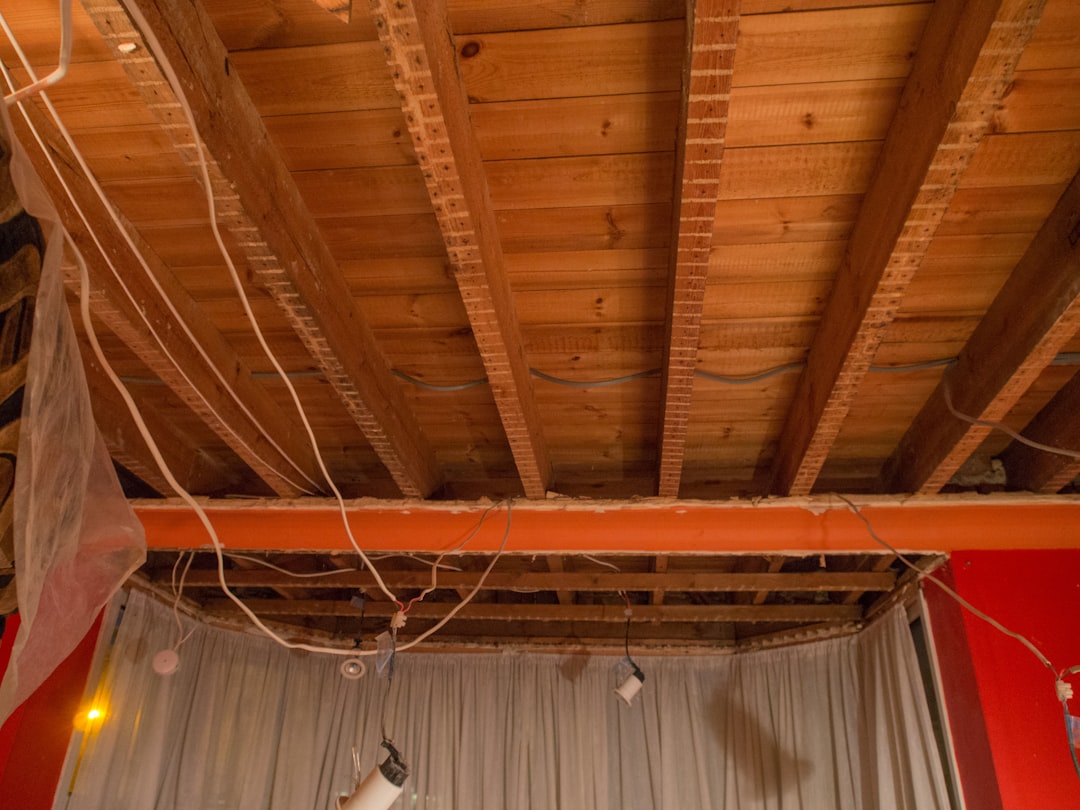
California’s housing stock spans more than a century of architectural styles. Charming craftsman bungalows from the 1920s stand beside mid-century ranches and contemporary infill projects. That character comes with a hidden challenge—old electrical wiring. In California, outdated knob-and-tube circuits, brittle cloth-covered conductors, and undersized breaker panels still power millions of residences. If you are searching for reliable information on “old electrical wiring California,” you are already ahead of the curve. CountBricks is here to explain the risks, the solutions, and the smartest way to budget the work with instant AI estimates.
Fire Risk
Old insulation breaks down under California’s heat waves, exposing copper that can arc and spark.
Insufficient Capacity
Modern appliances draw far more amperage than 1940s wiring was designed to handle. Tripped breakers are the warning signs you should never ignore.
Code Compliance Issues
Homes sold or remodeled in California must meet current Title 24 and National Electrical Code (NEC) standards. Undocumented wiring can derail permits and closings.
Insurance Premiums
Many insurers now surcharge or decline coverage when knob-and-tube or aluminum branch circuits are present. Rewiring can lower your long-term costs.
Traditional estimating takes days of on-site visits and manual data entry. CountBricks compresses that into a single conversation.
• Talk through the scope with our AI estimator in real time
• Receive material lists, labor hour projections, and line-item pricing instantly
• Adjust fixture counts, breaker sizes, or finish levels on the fly and watch costs update live
• Generate a polished PDF quote branded with your logo or the CountBricks template
• Approve the quote and schedule work in one seamless workflow
Because CountBricks pulls from live California materials databases and prevailing-wage labor rates, homeowners and contractors see market-accurate numbers—not ballpark guesses.
Based on thousands of CountBricks projects statewide, a full rewire in 2024 averages:
• 1,200 sf bungalow: $14,000 – $18,000
• 2,000 sf ranch: $18,500 – $25,000
• 3,000 sf two-story: $27,000 – $36,000
Final pricing depends on access, finish level, service-panel upgrade, and municipal permit fees. Use CountBricks.com/services to run an instant scenario for your exact square footage.
1. Consult CountBricks for a voice-driven estimate
2. Schedule an electrical inspection to verify panel size and circuit layout
3. Secure permits and utility disconnect approvals
4. Demo drywall strategically—CountBricks plans minimize wall damage
5. Pull new NM-B or MC cable, add AFCI/GFCI protection, and label circuits
6. Patch, texture, and paint surfaces back to original condition
7. Final inspection and documentation upload to CountBricks cloud for homeowner records
California’s energy-code updates reward homeowners who modernize electrical systems.
• Upgrading to 200-amp service qualifies many for solar-readiness rebates
• Smart breakers and whole-home energy monitors earn utility bill credits
• LED lighting retrofits cut annual electricity use up to 70 percent
CountBricks auto-flags every eligible incentive inside your estimate so you never leave money on the table.
The Flores family loved their 1948 stucco cottage but dreaded rewiring costs. In a 15-minute phone session, CountBricks generated three budget options. They chose a mid-range package at $19,850 that included:
• New 200-amp main panel with solar-ready space
• 28 dedicated circuits to handle EV charging and HVAC
• In-wall USB-C outlets in every bedroom
The project finished in nine working days with only 6 percent material variance from the original estimate. See photos in our portfolio at CountBricks.com/portfolio.
Do I need to move out during the rewire?
CountBricks phases work room by room, allowing many families to stay home. We isolate power safely each night.
Can I keep some existing circuits?
If cloth or aluminum wiring exists, full replacement is strongly advised. CountBricks inspectors document any safe circuits you can retain.
How long does the permit process take?
In most California municipalities, 2-3 weeks. CountBricks handles all paperwork and schedules inspections for you.
Don’t let old electrical wiring in California compromise your safety or your property value. Start with a zero-obligation, AI-powered estimate at CountBricks.com/consultation and discover how simple, transparent, and affordable a complete rewire can be.

Replacing old electrical wiring in California can feel expensive, but thoughtful planning slashes labor hours while protecting finishes. CountBricks engineers map the shortest cable runs and reuse existing chases wherever code allows, saving an average 12 percent per project.
• Surface-mount raceways in garages and utility rooms reduce demolition without sacrificing aesthetics
• Attic and crawl-space fish lines let us pull new conductors with minimal ceiling cuts
• Modular panelboards pre-assembled off-site speed up installation and inspection approval
A 2,400 sf split-level presented limited attic access. CountBricks scanned the structure with LiDAR, generated a 3-D route plan, and prefabricated raceway sections. Result: only 60 sq ft of drywall repair and a two-day schedule reduction worth $3,200 to the homeowner.
• Schedule rewiring before flooring upgrades—exposed subfloors make routing simpler
• Combine panel upsizing with EV charger rough-in to save repeat permit fees
• Photograph every stage; CountBricks stores images in your client portal for future remodel references
If “old electrical wiring California” brought you here, CountBricks can take you the rest of the way. Use our voice-activated estimator to compare copper and aluminum-compatible solutions, then lock in your preferred start date directly from the quote dashboard. Our dedicated project managers keep you informed from permit to final inspection—another reason homeowners rate CountBricks five stars for peace of mind.